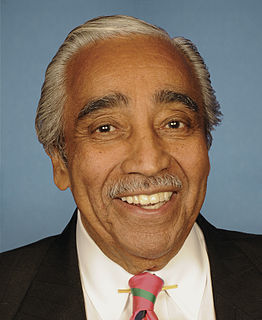A Quote by Jill Stein
By the time we complete the care for the wounded soldiers, $6 trillion, that's $50,000 per American household.
Related Quotes
It cost about 75 cents to kill a man in Ceasar's time. The price rose to about $3,000 per man during the Napoleonic wars; to $5,000 in the American Civil War; and then to $21,000 per man in World War I. Estimates for the future wars indicate that it may cost the warring countries not less than $50,000 for each man killed.
Polio has not been eradicated by vaccination, it is lurking behind a redefinition and new diagnostic names like viral or aseptic meningitis.......According to one of the 1997 issues of the MMWR, there are some 30,000 to 50,000 cases of viral meningitis per year in the United States alone. That's where all those 30,000 - 50,000 cases of polio disappeared after the introduction of mass vaccination
Here's the truth. The proposed top rate of income tax is not 50 per cent. It is 50 per cent plus 1.5 per cent national insurance paid by employees plus 13.3 per cent paid by employers. That's not 50 per cent. Two years from now, Britain will have the highest tax rate on earned income of any developed country.
One of the lessons learned during the Vietnam War was that the depiction of wounded soldiers, of coffins stacked higher than their living guards, had a negative effect on the viewing public. The military in Iraq specifically banned the photographing of wounded soldiers and coffins, thus sanitizing this terrible and bloody conflict.
We've got people that are paying premiums of $1,000 a month out there, and then they've got a deductible of $1,000. If you're making $40,000, $50,000, $60,000 out there and you've got an Obamacare plan, by and large you've got an insurance card, but you don't have any care because you can't afford the deductible.

































